BHG - Implementing the National Strategy to end the AIDS epidemic by 2030, our province has resolutely deployed synchronous solutions, initially achieving many positive results.
The first HIV infection case was recorded in the province in October 1998. By the end of 2024, the total number of HIV infections in the province was 1,771 cases, of which 520 died, 731 people infected with HIV were still alive and under management. The HIV/AIDS epidemic tends to spread to the community with an increase in the number of infections among the young population aged 20-39 and an increase in HIV infections in remote areas where access to health services is limited.
Medical staff promote HIV prevention and control for women of reproductive age in Sung La commune (Dong Van). |
To effectively prevent and combat HIV/AIDS, the province has issued programs and action plans to strengthen leadership in HIV/AIDS prevention and control, and directed Party committees and authorities at all levels to seriously implement them. The Steering Committee for AIDS Prevention and Control and Prevention of Drugs and Prostitution has developed a plan to implement activities in accordance with the actual situation; increased inspections and promptly removed difficulties during implementation at the grassroots level. All levels and sectors have closely coordinated in implementing solutions to prevent and combat the epidemic; created favorable conditions for studying, living and working for people infected with HIV/AIDS to increase their income, improve their lives and build a society without stigma and discrimination. In particular, many people infected with HIV have participated in activities to care for and support HIV-infected mothers and children in the community.
Along with that, the province has implemented many effective intervention programs, covering all 11 districts and cities with 193 communes, wards and towns; maintaining 11 HIV/AIDS treatment facilities, 29 HIV testing and counseling rooms and 5 Methadone treatment facilities. HIV screening activities are widely implemented with more than 36,000 test samples each year. Harm reduction intervention programs such as free condom distribution, providing clean needles and syringes, and counseling for high-risk groups have also been expanded, helping to reduce the risk of HIV infection in the community.
Regarding treatment, the province achieved a rate of 98.6% of patients with HIV viral load below the suppression threshold, ensuring high treatment efficiency. 100% of patients with HIV/TB co-infection were treated simultaneously, helping to reduce the risk of death and improve the quality of life of patients.
Communication activities were promoted in many forms with campaigns to raise awareness about HIV/AIDS in the community, including 3,675 propaganda sessions for high-risk groups, 2,841 sessions for youth and adolescents, and 11,684 people directly communicated about HIV/AIDS. The movement "All people participate in preventing and fighting HIV/AIDS in the community" was widely deployed in all localities, attracting a large number of people to participate, especially core groups such as: Head of the Front's working committee, Party cell secretary, group leader, village head, head of mass organizations, medical staff and people infected with HIV/AIDS. Over 80% of households, agencies, units, enterprises and schools signed a commitment to implement HIV/AIDS prevention and control measures.
Despite many outstanding achievements, HIV/AIDS prevention and control work is still facing many difficulties. Awareness of some people about HIV/AIDS is still limited, leading to stigma and discrimination; implementation of pre-exposure prophylaxis has not been implemented; funding for HIV/AIDS prevention and control activities at the grassroots level is still limited. To ensure the goal of ending the HIV/AIDS epidemic by 2030, all levels and sectors need to focus on key solutions: Strengthening communication to raise awareness and reduce stigma against people living with HIV; expanding preventive treatment and increasing HIV testing for high-risk groups; mobilizing the participation of private health care and social organizations in HIV/AIDS prevention and control work; ensuring sustainable financial resources for HIV/AIDS prevention and control programs; improving the quality of treatment services; Strengthen research and application of information technology to help manage HIV/AIDS patient data more effectively for timely intervention measures.
Ending the HIV/AIDS epidemic is not only an effort for health purposes but also to build a humane and equitable society where everyone has the opportunity to protect their health and integrate into the community. This is a common task of the whole society, to work together towards a future without the worry of HIV/AIDS.
Article and photos: AN GIANG
Source: https://baohagiang.vn/xa-hoi/202504/no-luc-cham-dut-dich-benh-hivaids-0252e48/


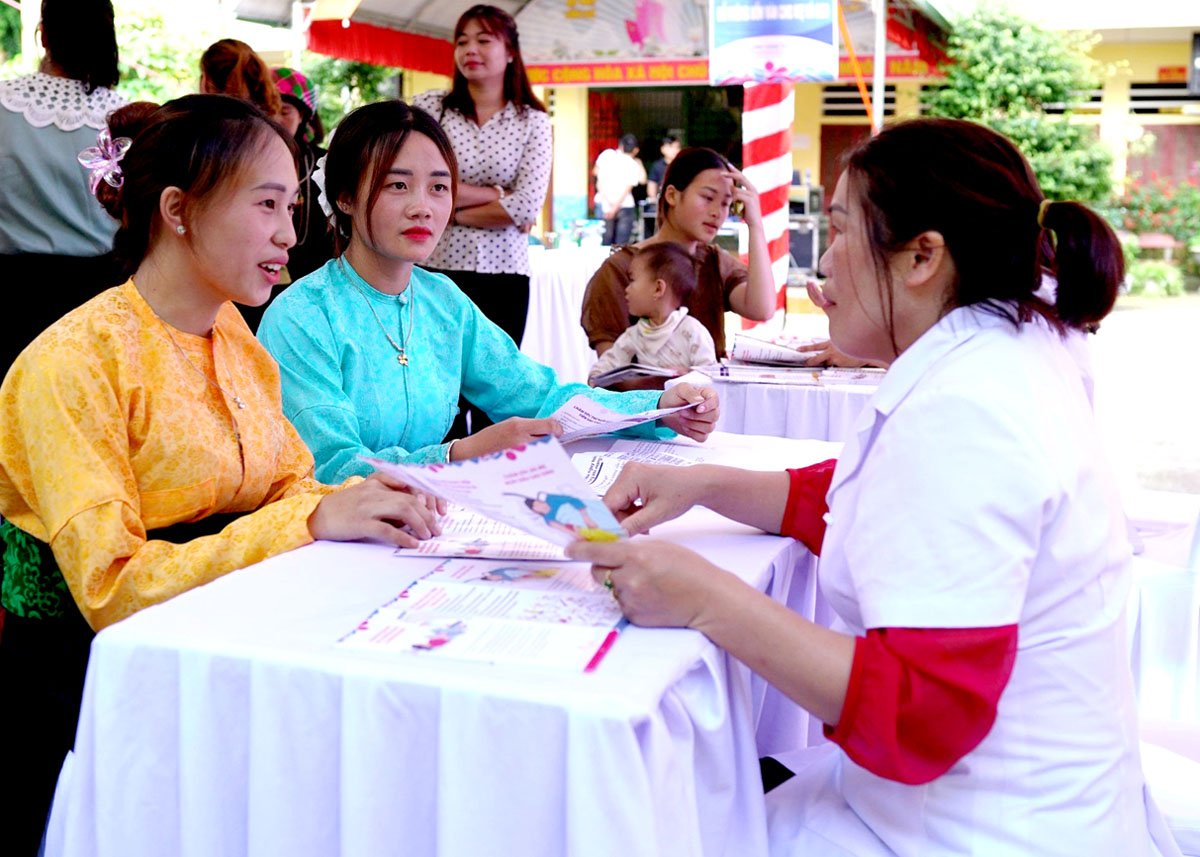





![[Photo] Visiting Cu Chi Tunnels - a heroic underground feat](https://vstatic.vietnam.vn/vietnam/resource/IMAGE/2025/4/8/06cb489403514b878768dd7262daba0b)
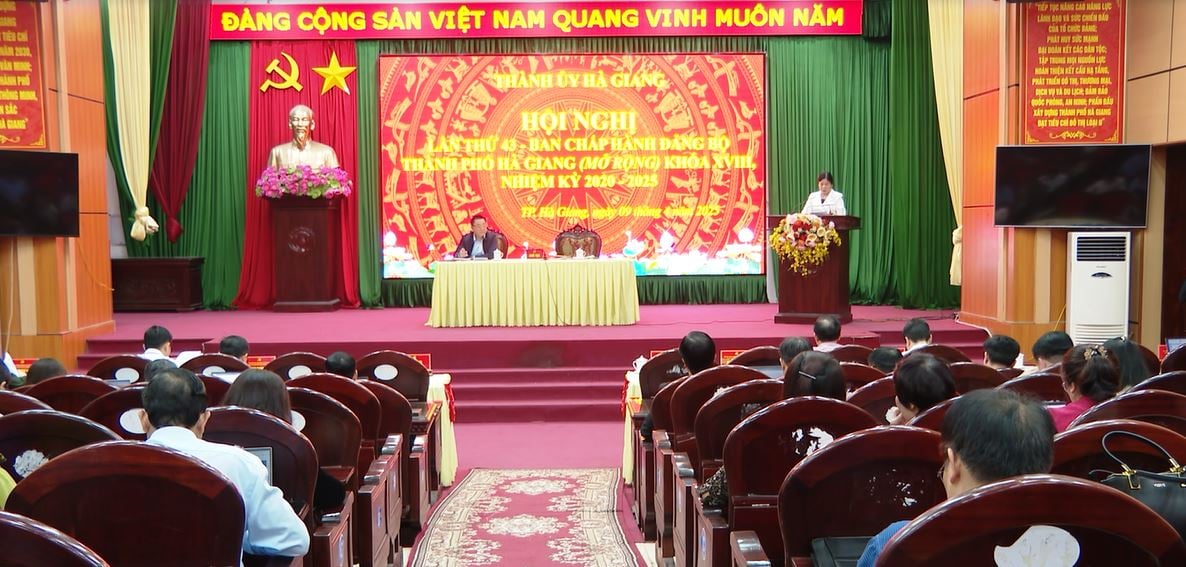

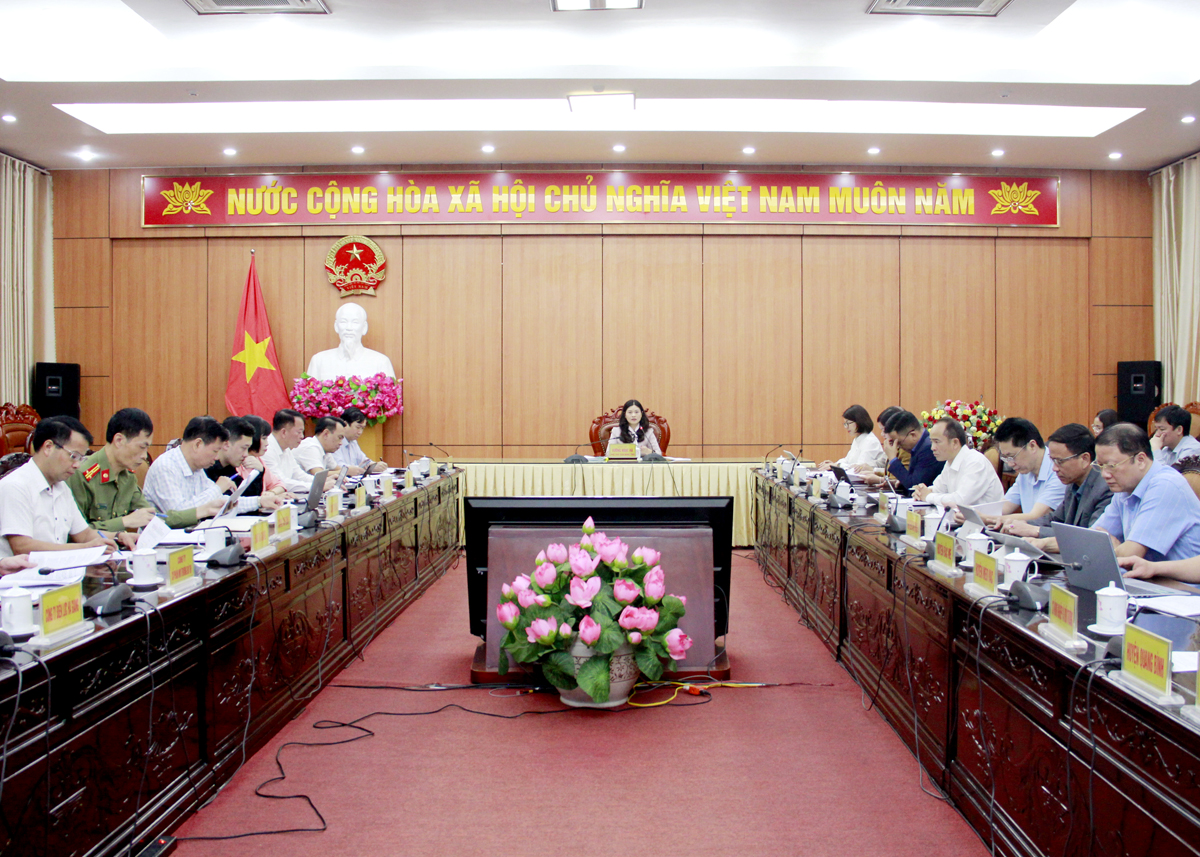

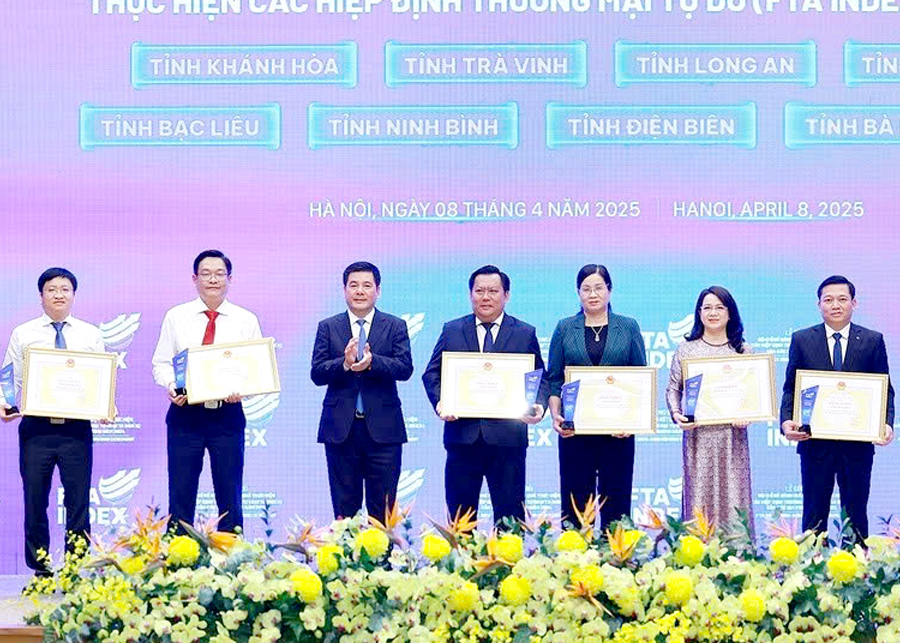




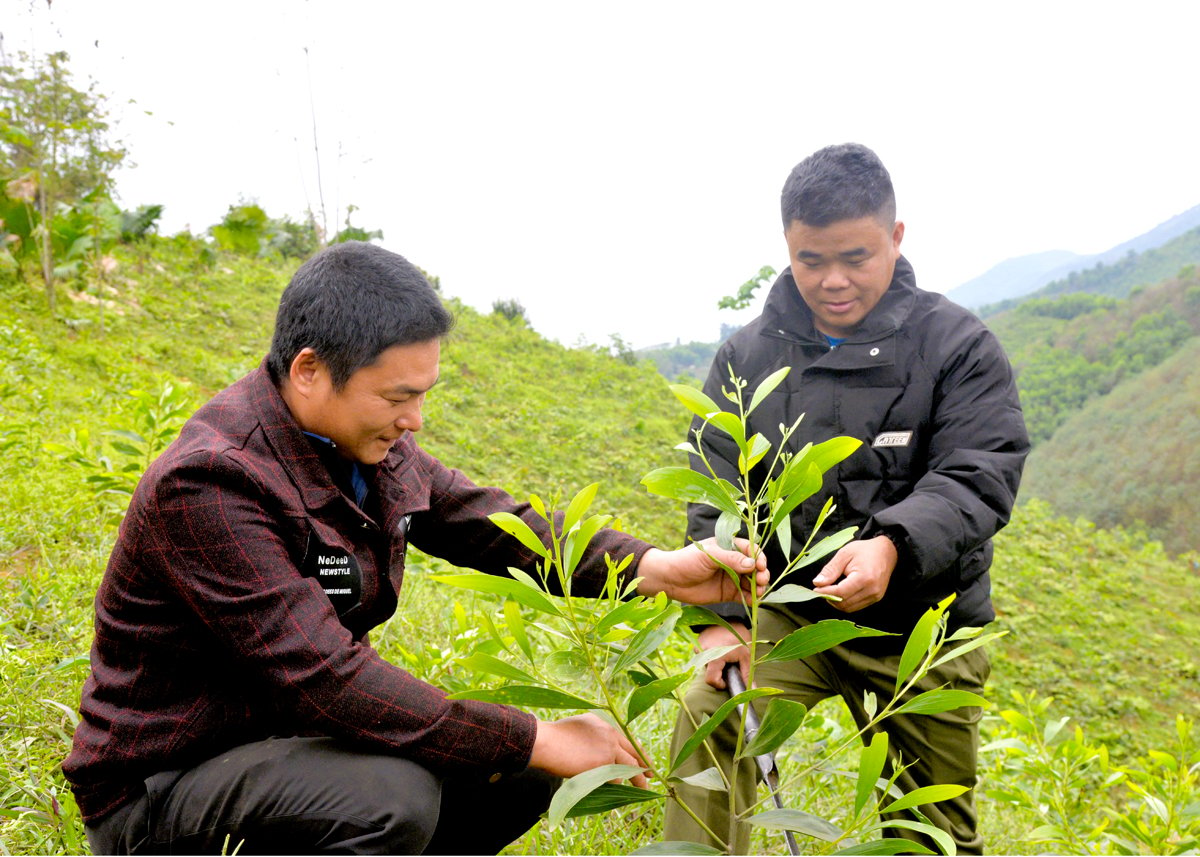
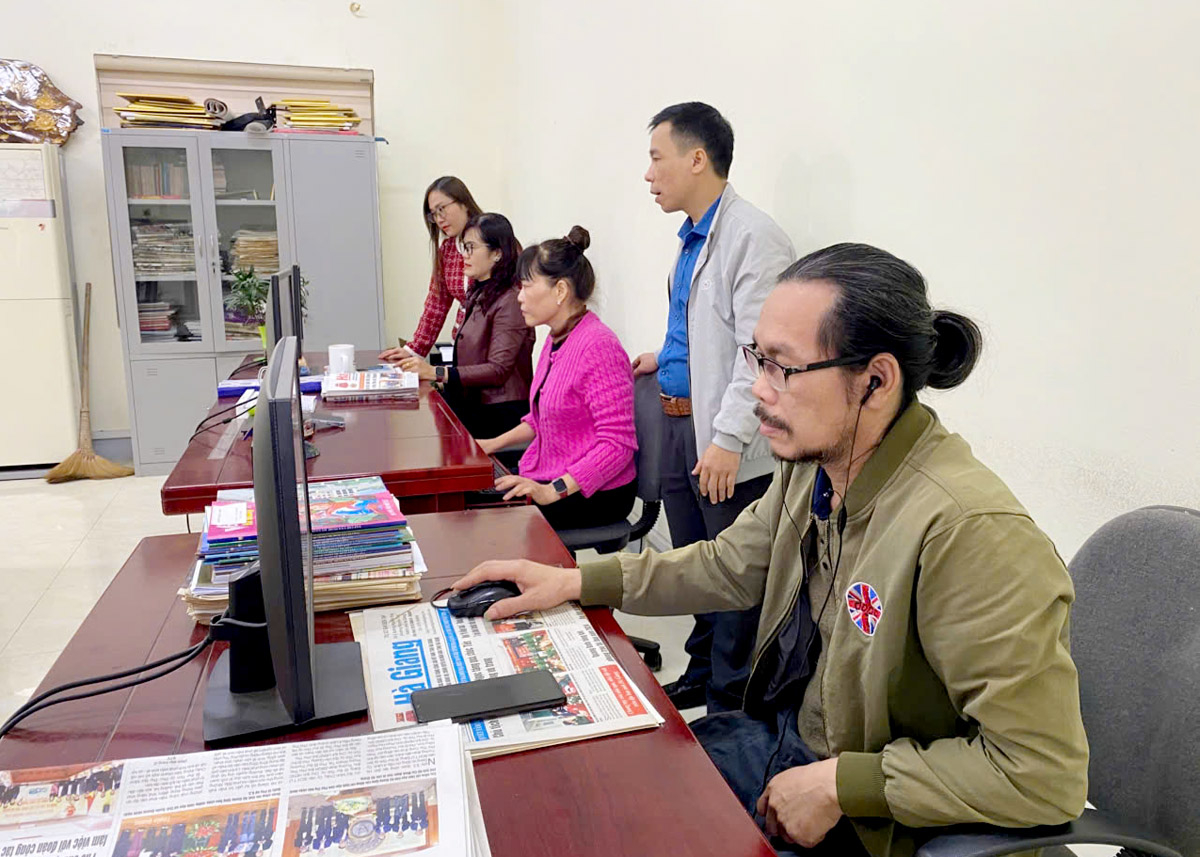



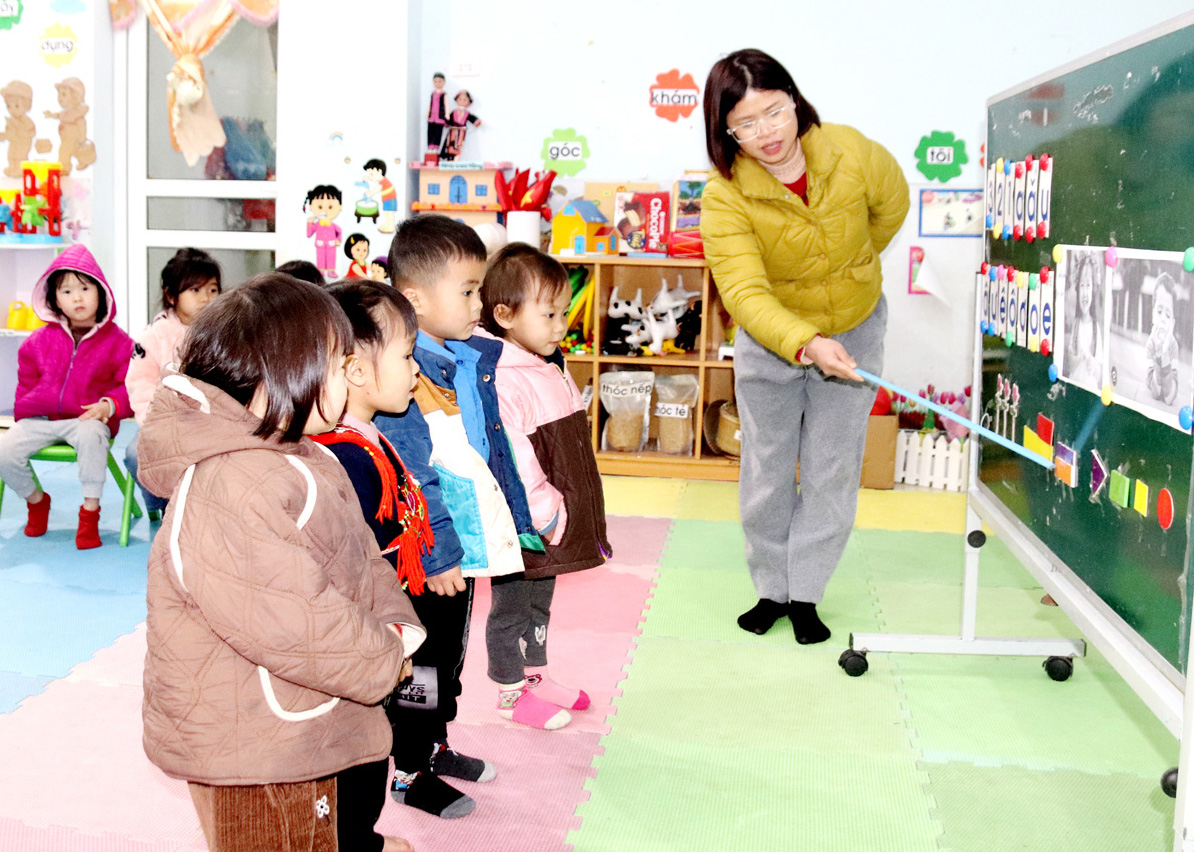

















































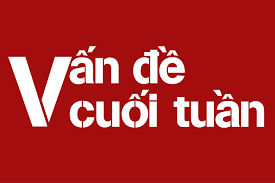
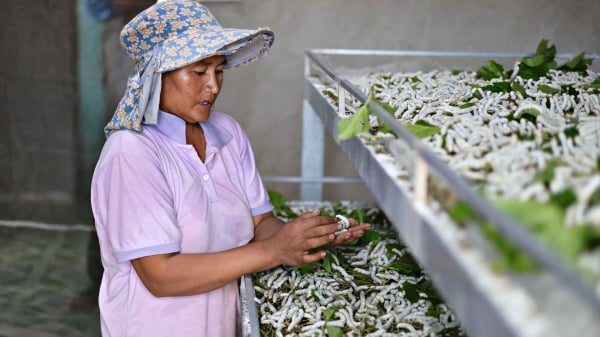


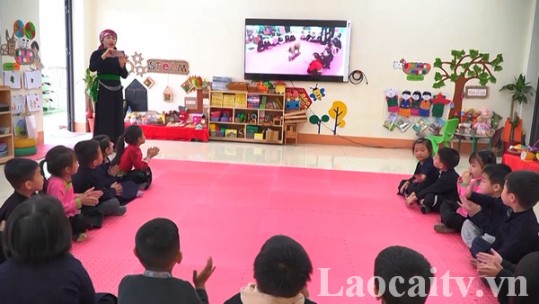










Comment (0)